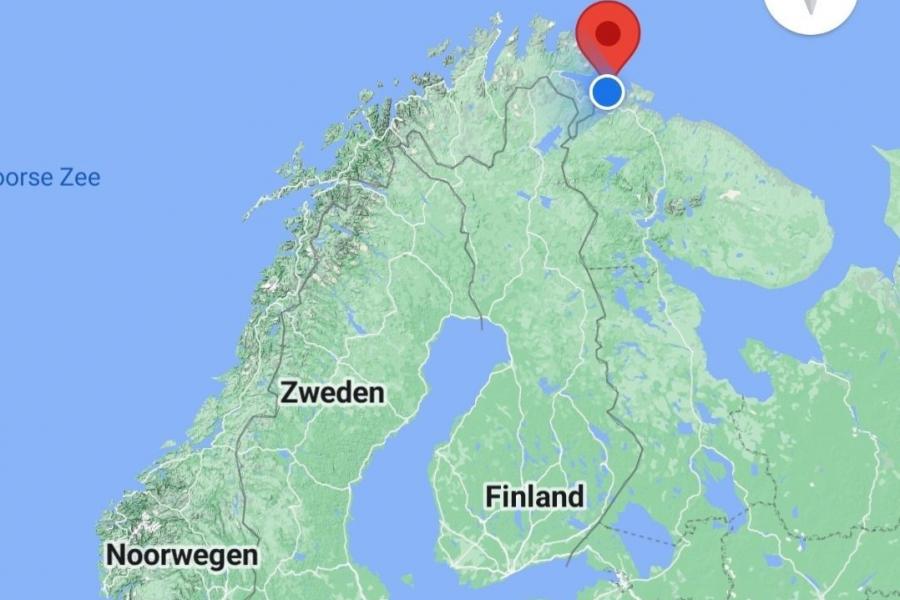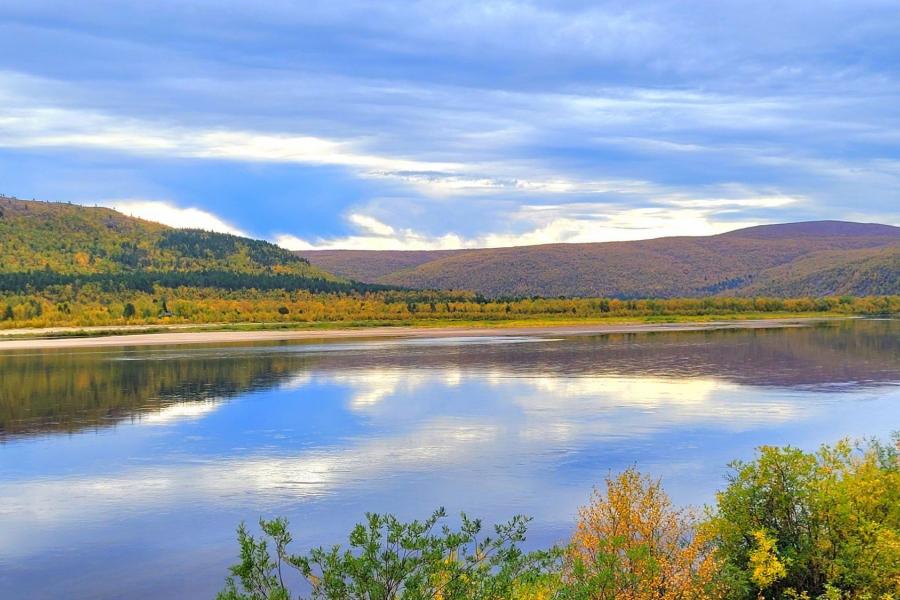DAY 21-22-23: Ultima Thule (Kirkenes-Jakobselv-Varanger)
Country
In 320 BC Pythias the Elder, Greek geographer and historian, wrote about a land in the far north, beyond the reaches of civilization. He had heard from travellers that the people there were fishermen and hunters of deer, and that they were capable of withstanding extreme cold and darkness, as the sun did not shine there for 6 months in each year. He was not sure what it was called but named it the furthest away land in the sea. Or as the Romans would translate it, Ultima Thule.
Since Roman times there has been speculation which land Pythias meant to describe. Some said Shetland, others Iceland. In the Middle Ages Ultima Thule was generally believed to be the north of Scandinavia, specifically the Varanger peninsula to the far east. Priests returning from missionary work there said it was an unholy place, a gateway to hell. In the 17th century the authorities executed 91 men and women on Varanger, claiming they were servants of the devil and witches. A fortress was built in Vardo, on the eastern edge of Varanger, not only as a defence against Russian incursions, but also to keep the peace locally.
So, as I set off from Karasjok to make my way to Varanger, I wasn't really sure what to expect. Having been to Nordkapp, which is itself a pretty inhospitable place, was I to be treated to an even more ungodly wasteland?
Well, here I am, in my cosy and warm apartment in Vadso town, listening to smooth jazz from my digital media station. It's quite comfortable here. Which is just as well, as it's been a busy three days. Ultima Thule may not have the best climate, but there's a lot to see and do. That's why I decided to stick around for a few days. A man has got to relax between all those holiday excursions.
Riding up from Karasjok, it first didn't all seem that promising. I travelled through dense forest to the east, along the Tana river. Beautiful autumn colours, but very isolated. And there was danger of hitting stray wildlife. Cor, a Dutchman I met in Karasjok, who has been living in Norway for 20 years, told me this is the time the reindeer come down from the mountains on the coast to return for the winter grazing inland. They wander over the roads, because the tar is warmer, and this causes many accidents. Indeed, I saw a lot of reindeer on the way. As I'd seen them on Noordkaap as well, I knew you had to pass slowly and carefully. Thankfully, that worked out nicely.
When I finally reached Varanger, I was pleasantly surprised. It's a quiet place, where the Barentsz Sea gently nips the coast and sheep and reindeer calmly wander around. Yes, it's somewhat cold and there are few trees, but it does not have the high winds and barren rockfaces of Nordkapp, at least not until the most outward cliffs at Vardo. Not many people live in Varanger, so I suspect its probably difficult to make a decent income here. Nonetheless, Varanger has a quality that I would describe as, for lack of a better word, peaceful.
After a good night's rest, I thought to try my luck and head out to the most eastern frontier post at the border with Russia. I headed to Grense Jakobselv, a small hamlet at the Barentsz Sea, which acts as a reminder to Russia that this is where the buck stops. To emphasize that, the Norwegians have put up a little chapel and a big NATO base. After a coffee stopover at Kirkenes (what an ugly town, but thank God for Cafe Visit), I followed the road to Murmansk, up to the point where you are persuaded not to enter Russia, but to go left into the bushbush. Then I had another 40 km's to ride, over one of the worst roads in recent memory. Those military vehicles sure know how to mess up a road surface. The GS handled it nicely though, as it did the last 10 km's of offroading, when the road literally turned into mud. Oh joy.
I ended up looking over the sea with a nice warm cup of coffee in my hands from an admiring German camper (he had also ridden motorcycles, so he knew, he said). After I had thanked him, I proceeded to do what I had promised myself a year ago when I thougt up this trip: I went down to the waterfront and washed my boots in the Barentsz Sea. A Norwegian soldier came up to me and said: What do you think, is the water warm enough? I said: It's not too bad. Him: I hope so, because they told us to get in there this afternoon. Me: Well, I wouldn't stay in too long. Him: I'll be sure to tell them that. And we had a good laugh.
The next day I went to visit the town of Vardo. I took just about an hour to get there, so I had a very relaxed ride along the Varanger coastline. It's mainly tundra and small (really small) villages, and it was raining, but still I had a good time. It was such a moment when you realize you have really gotten some travelling done, as you cast your eye over a land that's definitely nothing like home.
Vardo itself is a place which few people would prefer to hang around at for long. Quite a few people have to though, because there is a substantial 'radar installation' here, otherwise known as a spy station, pertinently pointed towards Russia. The other main reason to visit Vardo is the earlier mentioned island fortress. That may sound imposing, but it's actually quite a modest affair, with a small barracks and a munition warehouse that looks like a chapel. Hmm, wasn't there a 'chapel' at the Jakobselv borderpost as well? Funny lot, those Norwegian soldiers.
Well, as I sit here by the fire smoking a pipe (figuratively speaking), I must conclude: Ultima Thule has gotten a bad rep. Maybe Pythias had a hearing problem. Or maybe it's those pesky Russians.
I for one wouldn't mind staying a few days more. But I have a ferry to catch in Helsinki on Friday. So it's back on the road tomorrow.











